
Semantic Web
Delhi, India, 11 November 2005

Slides of the tutorial given in Delhi, India, at the International Conference & Workshop on Web Technologies, on the 11th of November, 2005.
These slides are online at: http://www.w3.org/2005/Talks/1111-Delhi-IH/
with active links. A printable version (in PDF) is
also available.
exchange of data”

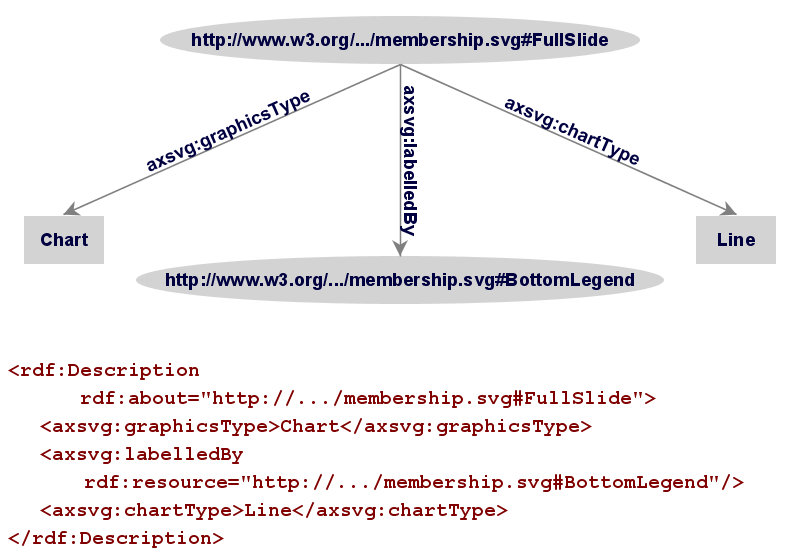









«Element for #FullSlide»
«Element for labelledBy»
«Element for #BottomLegend»
«/Element for labelledBy»
«/Element for #FullSlide»
«Element for #FullSlide»
«Element for graphicsType»
Chart
«/Element for graphicsType»
«/Element for #FullSlide»

<rdf:RDF
xmlns:rdf="http://www.w3.org/1999/02/22-rdf-syntax-ns#">
<rdf:Description rdf:about="#FullSlide">
«Element for labelledBy»
<rdf:Description rdf:about="#BottomLegend"/>
«/Element for labelledBy»
</rdf:Description>
<rdf:RDF>

<rdf:RDF
xmlns:axsvg="http://svg.example.org#"
xmlns:rdf="http://www.w3.org/1999/02/22-rdf-syntax-ns#">
<rdf:Description rdf:about="#FullSlide">
<axsvg:labelledBy>
<rdf:Description rdf:about="#BottomLegend"/>
</axsvg:labelledBy>
</rdf:Description>
<rdf:RDF>
rdf:Description element<rdf:Description rdf:about="#FullSlide">
<axsvg:LabelledBy>
<rdf:Description rdf:about="#BottomLegend">
<axsvg:IsAnchor>True</axsvg:IsAnchor>
</rdf:Description>
</axsvg:LabelledBy>
<axsvg:GraphicsType>
Chart
</axsvg:GraphicsType>
</rdf:Description>
Chart, labelledBy, isAnchor,
...chartType, graphicsType, ...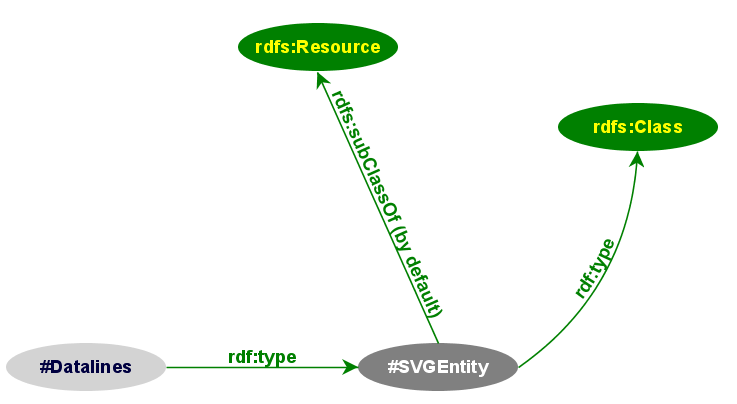
rdfs:Resource, rdfs:Class as
nodes; rdf:type,
rdfs:subClassOf as propertiesaxsvg-schema.rdf (“application’s data
types”):<rdf:Description rdf:ID="SVGEntity">
<rdf:type
rdf:resource="http://www.w3.org/2000/01/rdf-schema#Class"/>
</rdf:Description>
<rdf:Description rdf:about="#Datalines">
<rdf:type rdf:resource="axsvg-schema.rdf#SVGEntity"/>
</rdf:Description>
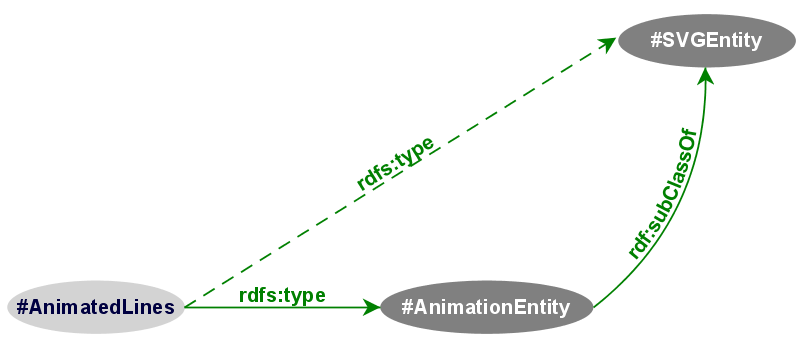
(#AnimatedLines rdf:type
#SVGEntity)
If:
uuu rdfs:subClassOf xxx .
vvv rdf:type uuu .
Then add:
vvv rdf:type xxx .
rdf:Property)
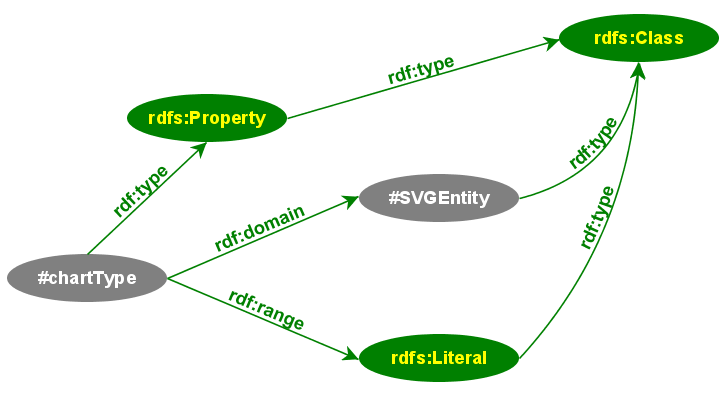
<rdf:Description rdf:about="#Datalines">
<axsvg:IsAnchor
rdf:datatype="http://www.w3.org/2001/XMLSchema#boolean">
false
</axsvg:IsAnchor>
</rdf:Description>
<rdf:Description rdf:about="#Datalines">
<axsvg:SVGContent rdf:parseType="Literal"
xmlns:svg="http:....">
<svg:svg ...>
<svg:line x1="..."/>
<svg:path d="..."/>
...
</svg:svg>
</axsvg:SVGContent>
</rdf:Description>
triples = graph.triples((Resource,Property,None))
(Resource,Property)
SELECT ?cat ?val
WHERE { ?x rdf:value ?val. ?x category ?cat }
[["Total Members",100],["Total
Members",200],…,["Full Members",10],…]
?x: it helps defining the pattern, but is
not returned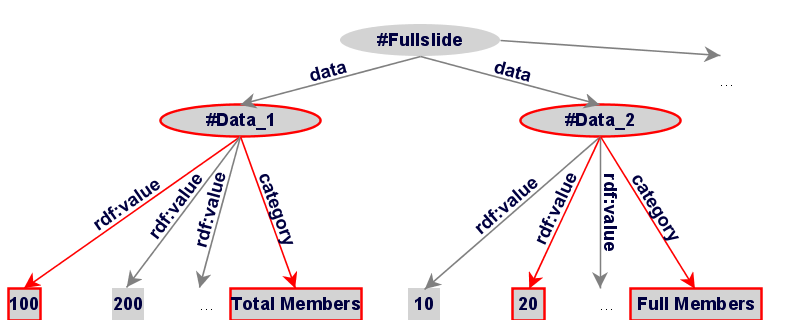
Class and Thing to differentiate the
classes from individuals

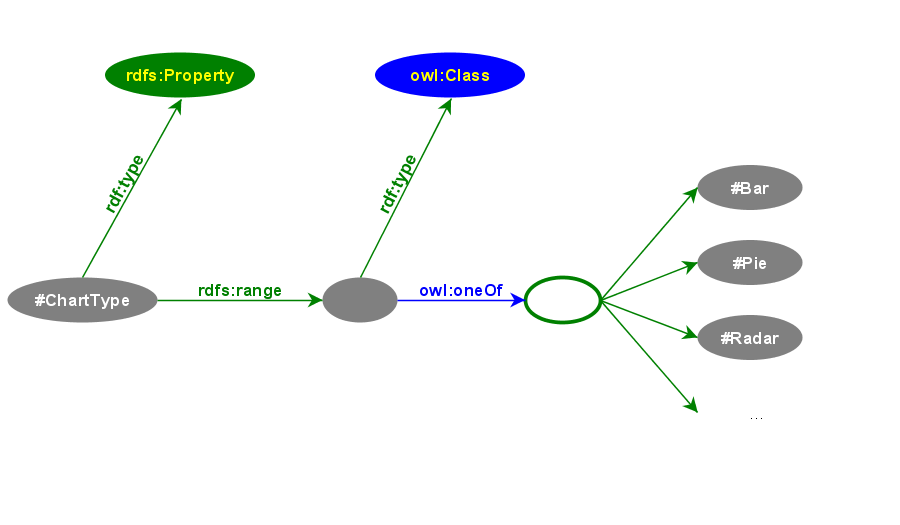

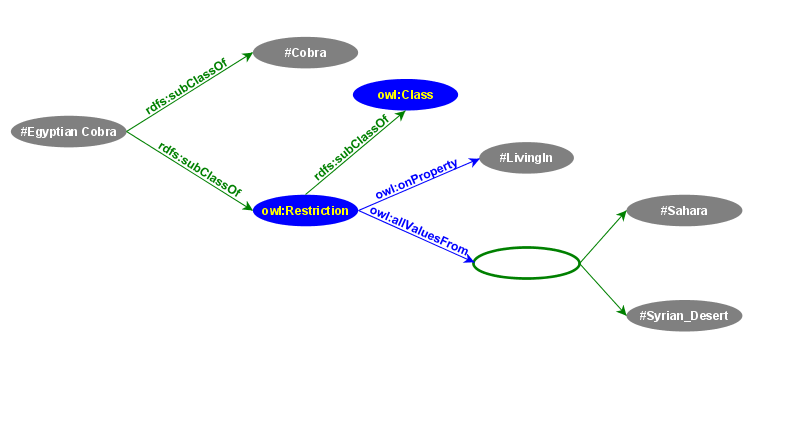

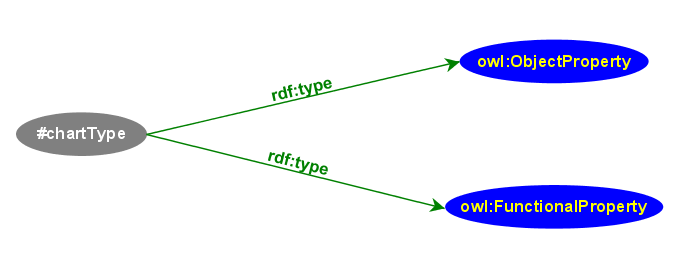
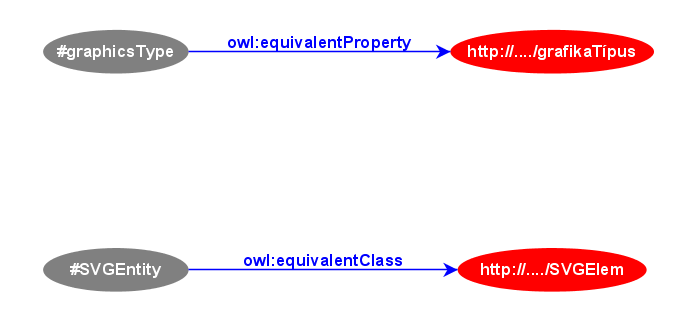


// create a model (a.k.a. Triple Store)
Model model = new ModelMem();
Resource subject = model.createResource("URI_of_Subject")
// 'in' refers to the input file
model.read(new InputStreamReader(in));
StmtIterator iter = model.listStatements(subject,null,null);
while(iter.hasNext()) {
st = iter.next();
p = st.getProperty();
o = st.getObject();
do_something(p,o);
}
(from the RDF Semantics Glossary)
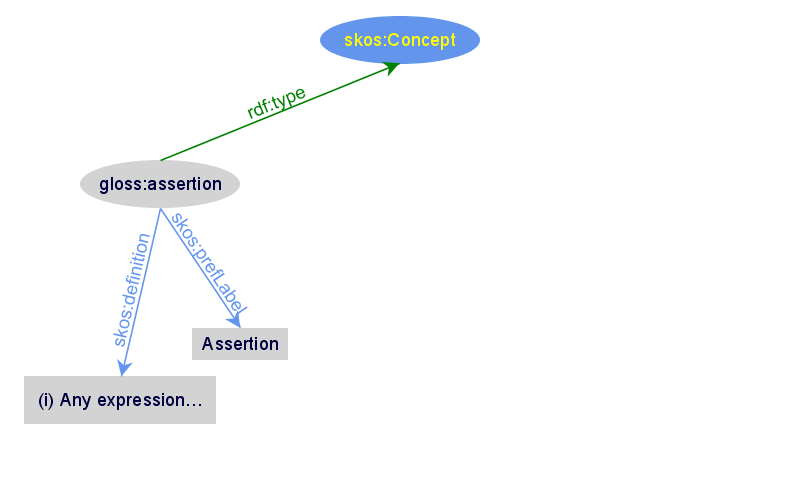
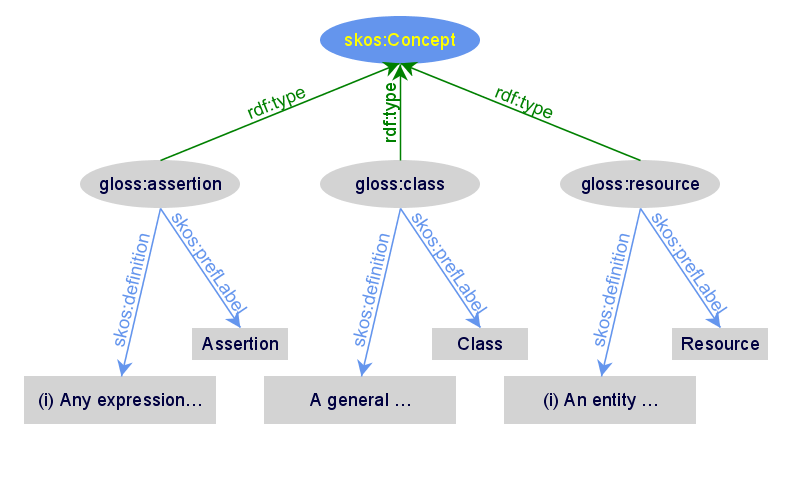
Illustrates “broader” and “narrower”
(From MortenF’s weblog categories. Note that the categorization is arbitrary!)
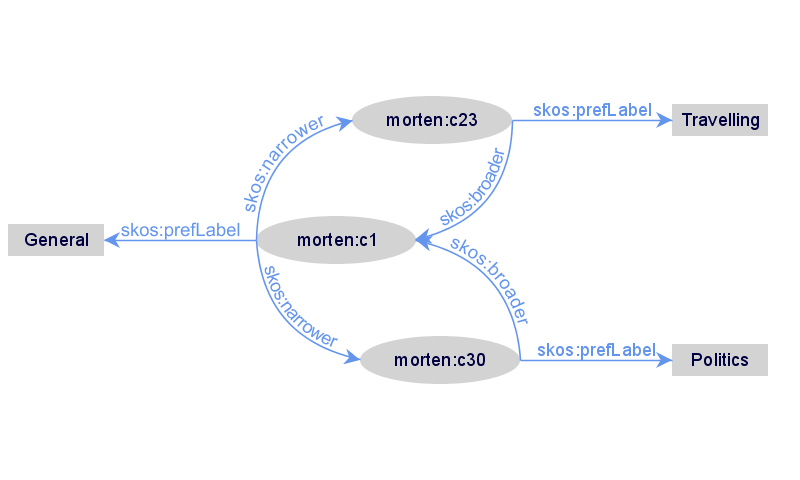
(from UK Archival Thesaurus)
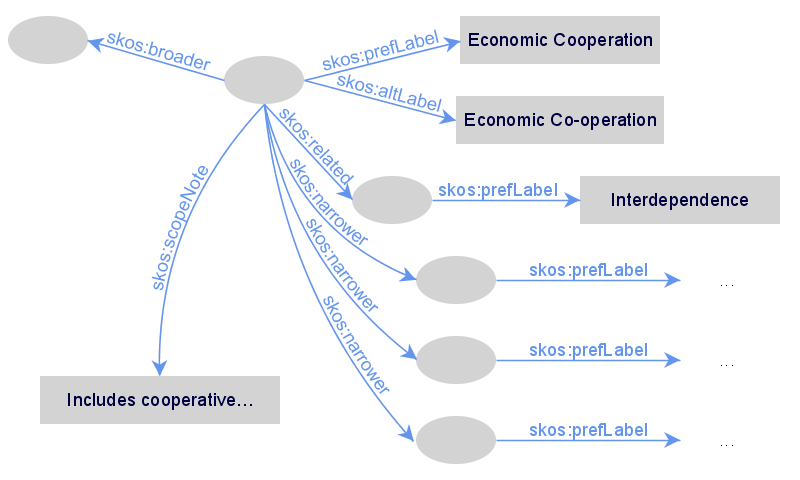
Concept, ConceptScheme,
inScheme, hasTopConcept)prefLabel, altLabel,
prefSymbol, altSymbol …)definition, scopeNote,
changeNote, historyNote,
editorialNote, publicNote,
privateNote)broader, narrower,
related)subject, isSubjectOf,
primarySubject, isPrimarySubjectOf)Collection, OrderedCollection,
CollectableProperty, member,
memberList)




